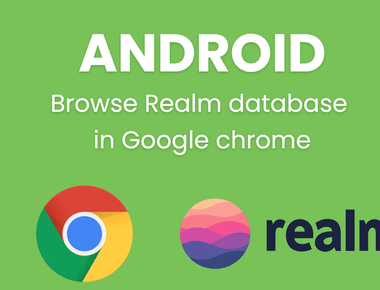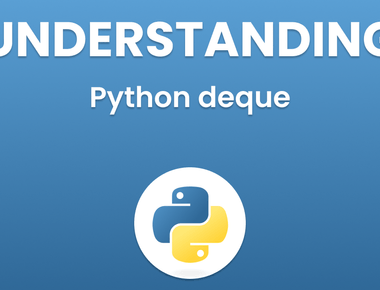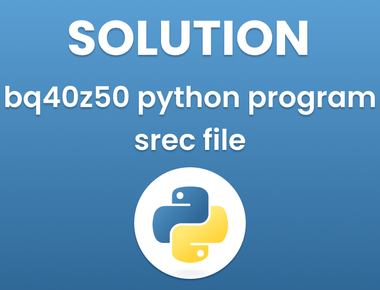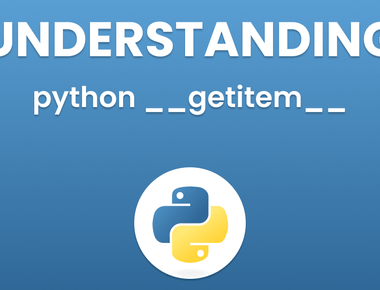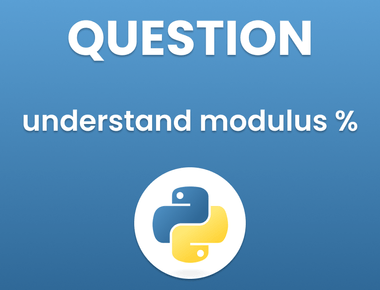Table Of Contents

Python Code to Connect to EPBCS: Simplifying Cloud Integration
In today’s fast-paced digital landscape, businesses rely heavily on data-driven decision-making. Oracle’s Enterprise Planning and Budgeting Cloud Service (EPBCS) is a powerful tool that empowers organizations to streamline their financial planning, budgeting, and forecasting processes. To harness the full potential of EPBCS, it’s essential to establish a seamless connection using Python code. In this comprehensive guide, we’ll walk you through the intricacies of connecting to EPBCS through Python, making cloud integration a breeze.
Introduction
In the era of data-driven business strategies, Oracle’s EPBCS has emerged as a game-changer for organizations seeking efficient financial planning and budgeting solutions. To fully leverage the capabilities of EPBCS, integrating it with Python is a strategic move that can streamline your operations. This guide is your one-stop resource for mastering the Python code needed to connect to EPBCS. We’ll cover everything from the basics to advanced techniques, ensuring that you can harness the full potential of this dynamic duo.
Python Code to Connect to EPBCS: Getting Started
Understanding EPBCS Integration
Before diving into the intricacies of Python code, it’s crucial to grasp the fundamentals of EPBCS integration. EPBCS offers robust REST APIs that allow you to interact with its services programmatically. Python, with its simplicity and extensive libraries, serves as an ideal language for this task.
Setting Up Your Environment
Installing Python Libraries
To begin, make sure you have Python installed on your system. You’ll also need to install some essential libraries, such as requests, json, and cx_Oracle. These libraries will enable your Python scripts to communicate with EPBCS and handle data effectively.
Authenticating with EPBCS
Connecting to EPBCS requires proper authentication. You’ll need an EPBCS username, password, and the URL of your EPBCS instance. Securely store your credentials, and ensure that you don’t expose sensitive information in your code.
# Sample Python code for authenticating with EPBCSimport requestsusername = "your_username"password = "your_password"url = "your_epbcs_url"# Authenticate with EPBCSsession = requests.Session()session.auth = (username, password)
Leveraging Python for EPBCS Data Manipulation
Now that you’re authenticated with EPBCS, it’s time to explore how Python can help you manipulate data within EPBCS effectively.
Retrieving Data
Fetching Data from EPBCS
Python’s requests library allows you to make HTTP requests to EPBCS REST APIs effortlessly. You can retrieve data from EPBCS in various formats, such as JSON or XML, depending on your preferences.
# Python code to retrieve data from EPBCSresponse = session.get(f"{url}/epbcs/api/v1/data")data = response.json()
Uploading Data
Pushing Data to EPBCS
Seamlessly upload data to EPBCS using Python. This is particularly useful when you need to update your budgeting or planning data programmatically.
# Python code to upload data to EPBCSdata_to_upload = {"scenario": "Q1 Forecast","account": "Sales Revenue","amount": 1000000}response = session.post(f"{url}/epbcs/api/v1/data", json = data_to_upload)
Automating Tasks
Scheduling Python Scripts
Take advantage of Python’s scheduling capabilities to automate EPBCS-related tasks. For instance, you can set up a script to automatically update your financial forecasts at the end of each quarter.
# Python code to schedule a taskimport scheduleimport timedef update_forecast():# Your EPBCS data update code here# Schedule the task to run daily at 5 PMschedule.every().day.at("17:00").do(update_forecast)while True:schedule.run_pending()time.sleep(1)
FAQs
How secure is it to use Python for EPBCS integration?
Using Python for EPBCS integration can be highly secure if you follow best practices. Ensure that you store your credentials securely, avoid hardcoding sensitive information, and regularly update your code and libraries to address security vulnerabilities.
Can I automate EPBCS data updates with Python?
Absolutely. Python’s scheduling capabilities make it easy to automate EPBCS data updates. You can set up scripts to run at specific times or trigger updates based on certain conditions.
Are there any performance considerations when using Python with EPBCS?
Performance largely depends on the complexity of your tasks and the efficiency of your Python code. Ensure your code is optimized, and consider asynchronous programming for resource-intensive operations.
Is EPBCS integration with Python cost-effective?
Yes, EPBCS integration with Python is cost-effective as it reduces the need for manual data entry and minimizes errors. However, ensure that you monitor your API usage to avoid unexpected costs.
Can I use Python for real-time data synchronization with EPBCS?
Yes, Python can be used for real-time data synchronization with EPBCS, provided that you implement the necessary logic to trigger updates in real-time.
How can I troubleshoot Python-EPBCS integration issues?
When facing integration issues, refer to EPBCS and Python documentation, check your code for errors, and monitor API responses. You can also seek assistance from online developer communities or EPBCS support.
Conclusion
Integrating Python with EPBCS empowers organizations to streamline financial planning, budgeting, and forecasting processes. By following the steps outlined in this guide, you can harness the power of Python to connect to EPBCS seamlessly. Whether you’re automating data updates or performing real-time synchronizations, Python provides the flexibility and efficiency needed for successful integration.
Remember that security, performance optimization, and cost monitoring are crucial aspects of EPBCS integration. Stay vigilant, keep your code up to date, and explore the endless possibilities that Python and EPBCS offer.
Subscribe to our newsletter!
Related Posts
Quick Links
Legal Stuff
Social Media


